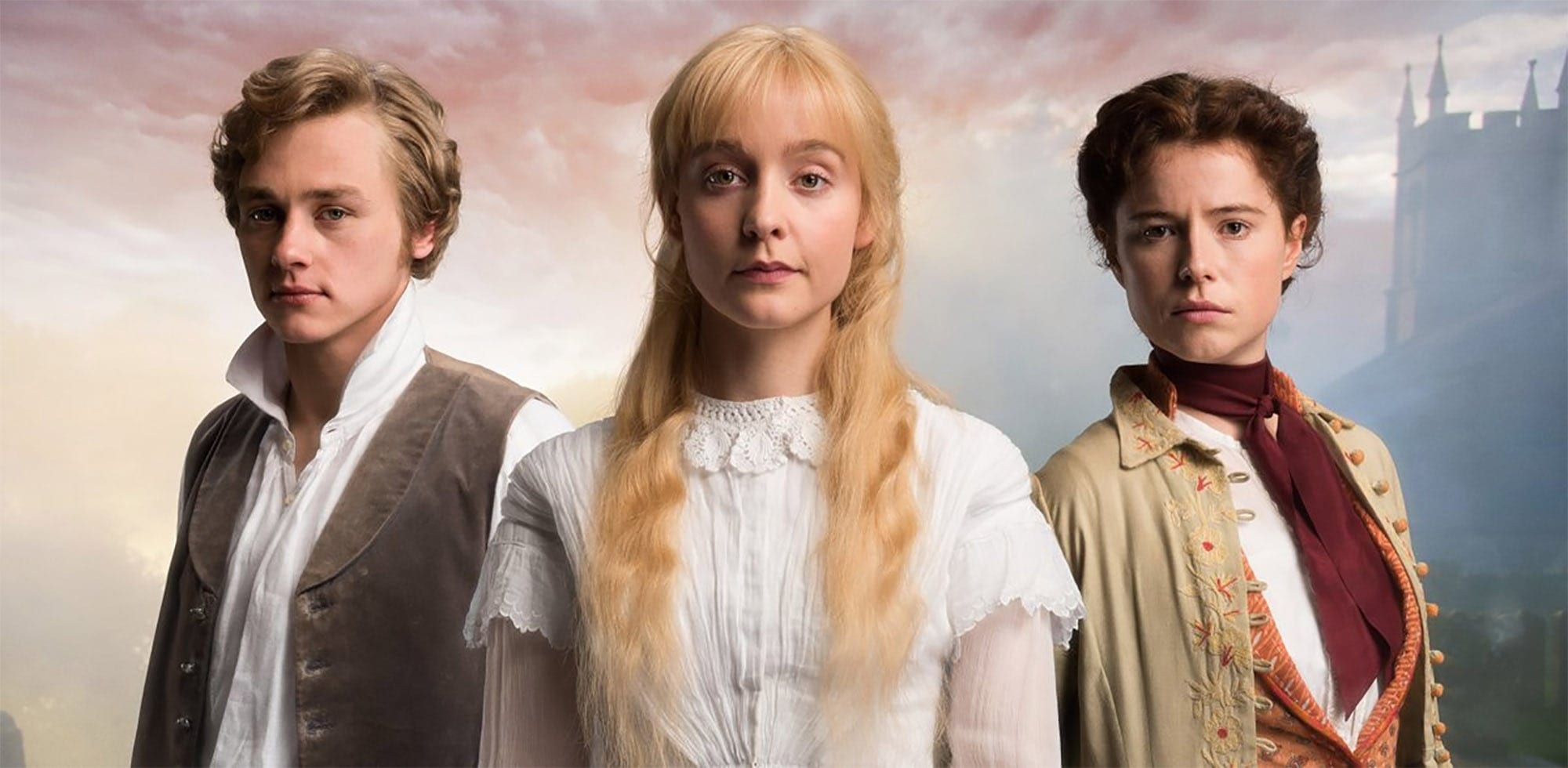
Why ‘The Woman in White’ is perfect TV for the #MeToo generation
“How is it men crush women time and time again and go unpunished?” These words – spoken at the beginning of the first episode of the BBC’s The Woman in White – could easily have been uttered today. The occasionally on-the-nose dialogue from Jessie Buckley’s character mostly serves to show us how little has changed since 1859, when the original novel was published.
The show begins with Walter Hartright encountering a distressed young woman named Anne Catherick, who fortunately for the title is wearing white. Hartright then takes up a teaching post with the Fairlie family, one of whom bears a striking resemblance to Anne. We dispense with the nice but boring Hartright early on and follow the far more engaging Fairlie sisters. Younger sister Laura is betrothed to the sinister Sir Percy (doesn’t quite twirl his moustache, but you get the feeling he really wants to), who is hiding a secret. As the show progresses, we watch in increasing bewilderment as the sisters are manipulated by an alliance of Very Bad Men (capitalization deliberate).
Despite being frequently over-the-top, the timeliness of this new adaptation cannot be overlooked. The themes of domestic abuse, an early attempt at gaslighting before it became a thing, and an unusually well-balanced cast in terms of gender remind us of how far we have come as a society and how far we still have to go. The best period dramas ask questions about the world today by painting a picture of how things used to be and this is where The Woman in White really excels. Although I do wish people would stop casting the brilliant Joanna Scanlan and then giving her nothing to do. (We’re looking at you, Requiem.)







